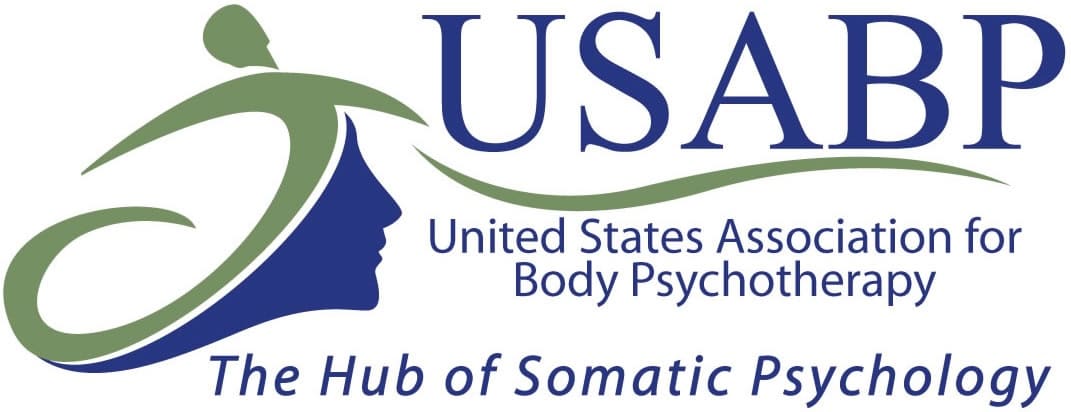Sensorimotor Psychotherapy in Perth
Sensorimotor Psychotherapy (SP) is a body-oriented trauma therapy that blends somatic awareness with traditional talk-based approaches. At Energetics Institute in Perth, Western Australia, our experienced therapists deliver SP to help individuals, couples, and families process trauma, build resilience, and regulate emotions more effectively.
Who Can Benefit From Sensorimotor Psychotherapy?
SP is recommended for a range of issues, including:
-
Trauma-related conditions: PTSD, complex trauma, childhood trauma, and developmental trauma
-
Emotional regulation issues: Anxiety, depression, panic attacks, grief and loss
-
Attachment challenges: Relationship difficulties, family counselling needs
-
Somatic concerns: Chronic pain, fibromyalgia, migraines, bruxism, sleep difficulties
SP is particularly recommended for individuals with PTSD, complex trauma, and anxiety-related conditions. It is not a substitute for crisis intervention or acute psychiatric care, but can be integrated with medical treatment for a more holistic recovery
What to Expect in a Sensorimotor Therapy Session
Each session begins with a detailed clinical intake that covers your medical history, trauma background, and current mental health concerns. Your therapist will observe your posture, breathing, tone of voice, and somatic signals such as fidgeting, tightness, or stillness.
Sessions (offered in-person, by video or phone) typically follow three key phases:
-
Stabilisation & Resourcing
Grounding techniques (like breathwork) help establish safety. You’ll develop coping tools to handle emotional and physical arousal. -
Trauma Processing
Through mindful body tracking, your therapist guides you to notice and interrupt automatic responses such as freezing or fleeing. Somatic techniques help restore your capacity to assert boundaries and respond with agency. -
Integration & Reinforcement
You’ll explore how deeply-held beliefs or defensive reactions were formed and work to replace them with adaptive, empowering perspectives. The goal is to rewire neural pathways and reclaim emotional freedom.
The Science Behind Sensorimotor Psychotherapy
SP was developed by Dr. Pat Ogden and is supported by the work of Daniel Siegel, Stephen Porges (Polyvagal Theory), and Bessel van der Kolk.
-
Studies in journals such as Traumatology show that body-oriented trauma therapies improve nervous system regulation and reduce PTSD symptoms.
-
SP is particularly effective where traditional talk therapy alone may not reach, such as for clients experiencing dissociation, freeze responses, or somatic trauma symptoms.
Studies published in Traumatology and the work of Bessel van der Kolk demonstrate that body-oriented therapies significantly improve nervous system regulation and trauma recovery outcomes.
How Does Sensorimotor Psychotherapy Differ?
While many counsellors and psychologists address thoughts and emotions, SP uniquely integrates body-based interventions to deepen healing. Compared to Somatic Experiencing (SE), Sensorimotor Psychotherapy includes more structured exploration of cognitive narratives alongside physical awareness.
It can be combined with other modalities such as:
- EMDR (Eye Movement Desensitisation and Reprocessing)
- Internal Family Systems Therapy (IFS)
- Schema Therapy
- Cognitive Behaviour Therapy (CBT)
Common Issues Treated with Sensorimotor Psychotherapy
Our trauma therapy professionals can assist with:
- PTSD and post-traumatic stress disorder
- Panic attacks and emotional dysregulation
- Childhood trauma and developmental issues
- Complex grief and loss
- Sexual abuse and interpersonal violence
- Anxiety and depression
- Chronic pain or illness
- Sleep and stress-related symptoms
We also provide support for caregivers, first responders, FIFO workers, and others exposed to traumatic environments.
Polyvagal Theory & the Nervous System
SP integrates Polyvagal Theory, which helps clients understand their physiological responses to safety or threat:
- Ventral Vagal State – calm, connected, and engaged
- Sympathetic Activation – fight/flight reactivity
- Dorsal Vagal Shutdown – freeze, collapse, or dissociation
Using this framework, your therapist helps you navigate and regulate these states effectively, improving mental wellbeing, emotional resilience, and interpersonal functioning. Read our online recourse here.
Our Experience in Delivering Sensorimotor Psychotherapy
Our psychotherapists have completed advanced training with the Sensorimotor Psychotherapy Institute founded by Dr. Pat Ogden and continue ongoing professional development in trauma-informed care, neuroscience, and attachment theory.
-
Richard Boyd, Director of Energetics Institute – Certified in Sensorimotor Psychotherapy through the Sensorimotor Psychotherapy Institute, PACFA-registered psychotherapist, with over 15 years of clinical experience supporting trauma recovery in Perth.
-
Team of trauma-informed therapists – Ongoing professional development in SP, Polyvagal Theory, and body-based trauma interventions. Members of PACFA, AHPRA, and the Australian Counselling Association (ACA).
Specialisations
In our Perth clinic, we’ve observed that clients living with chronic tension, sleep issues, or anxiety often show meaningful improvements after only a few sessions. For example, one client (name withheld for confidentiality) with long-term panic attacks experienced a significant reduction in symptoms after 10 sessions, using body-tracking and grounding techniques integrated with CBT strategies.
Our Reviews















